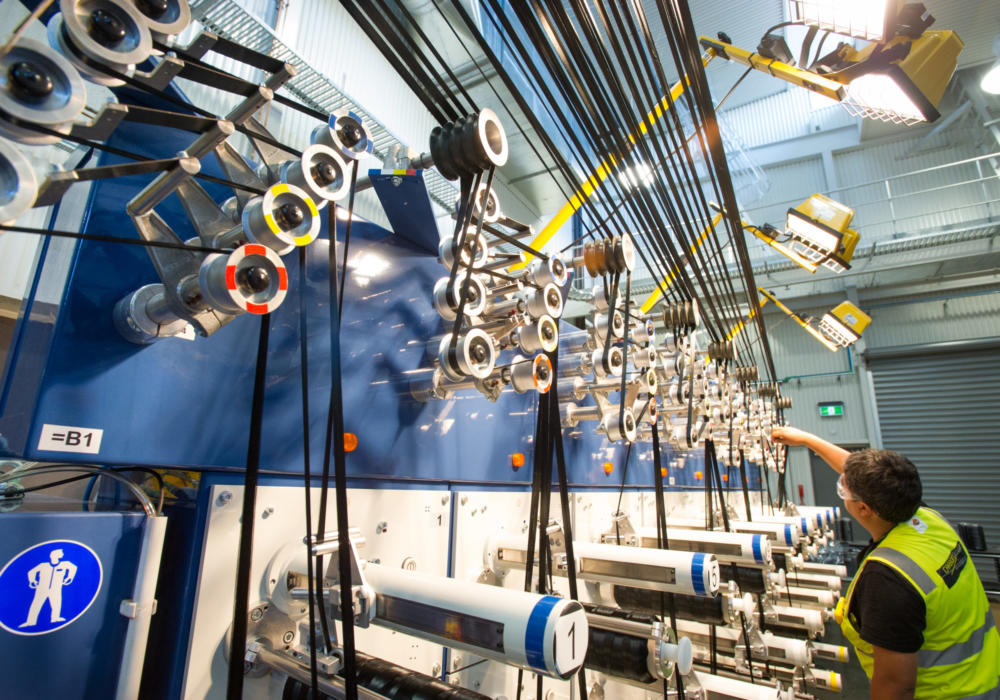Deakin University’s Carbon Nexus says a new government-funded Cooperative Research Centre (CRC) aims at bolstering use of composite materials will influence manufacturing beyond Australia and open international doors for Geelong-based innovation.
Russell Varley, Director at Carbon Nexus’ open-access carbon fibre and composite materials research facility in Waurn Ponds, has been appointed leader of Research Program 1 at the recently-announced Sovereign Manufacturing Automation for Composites (SoMAC) CRC.
SoMAC is backed by $70 million federal government funding to give Australia’s composite manufacturing industry a competitive edge by linking the nation’s top research institutions with key manufacturers.
Professor Varley tells Geelong Manufacturing Council many industry partners including Geelong’s own Carbon Revolution and Quickstep are on board, as well as GMS Composites which has conducted R&D work in partnership with Deakin University across a range of product developments.
“We certainly expect to have a global impact,” Professor Varley says.
“It is very much about sovereign manufacturing for Australia, but at the same time we will be collaborating extensively with international partners. This is about a global supply chain we want our composite manufacturers to really start to get involved with.”
With the world’s only open-access carbonisation pilot line, Carbon Nexus offers unique ability to process PAN precursors on an industrial pilot scale for product development and process optimisation.
Professor Varley says his large team of researchers and students are eager to get involved and will work with industry partners to come up with the best raw material for any given application, optimising a composite material structure and making flat coupons to measure the properties in a pure format before use in prototype molds.
“We might suggest some configurations and the right resin system to use, and the industry partner will make the components and their own in-house testing,” he explains.
“We are very excited to have this opportunity and win the grant. It is a great opportunity to really establish a major centre of composite materials, composite manufacturing, automation of manufacturing, and development of high-performance materials with composite and carbon fibre.”
The CRC will develop low-cost carbon fibre and look at other new advanced composite structure materials, working closely with Carbon Revolution and Quickstep to address their needs and help solve challenges.
The new CRC is also a valuable opportunity to work more broadly with industry partners from around Australia — and potentially bring some of that activity to Geelong.
SoMAC, to be worked on by six universities and the Australian Nuclear Science and Technology Organisation, will leverage over $189 million in contributions from 36 partners, potentially generating $2 billion in benefits to the composite sector and contributing to Australia’s space, defence and medical industries.
Carbon fibre composites are notorious for their winning combination of being both lightweight and strong, and Professor Varley says that’s just the beginning.”Composites offer more than that. The Carbon Revolution wheel is a perfect example of a complex component designed in a way that other materials find it difficult to replicate,” he says.
“The combination of manufacturability, complexity, volume, performance and cost of carbon fibre composites is second to none.”

